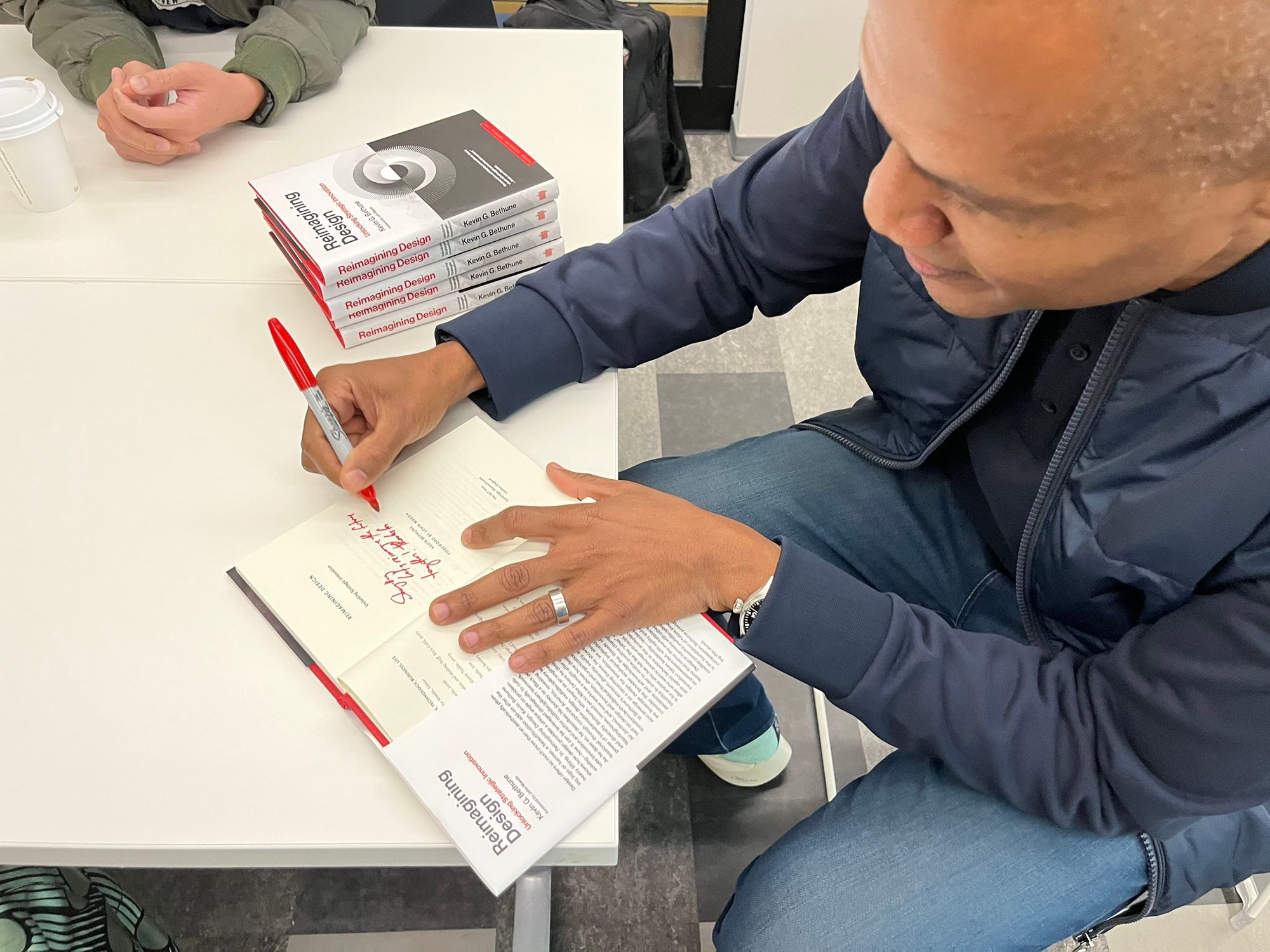MIT MAD Fellow Kyle Gordon Wants to Change ‘Who’s in the Room’ During Product Design
Design Fellows
The MBA Graduate Aims to Expand Access and Diversity in Gaming and Entertainment Industries.
By Denise Brehm
Jun 16, 2023
As a child, MIT Morningside Academy for Design (MAD) Fellow Kyle Gordon developed a love of video games, comic books and animation. As an undergraduate, he very cleverly undergirded those passions with studies in math and mechanical engineering, preparing himself for work at the interface of the creative and technical teams on Google Search projects in California.
One of his job titles at Google — program manager for Delight & Humanization — was created from a job description he wrote for himself, pitched to his senior leadership, and ran with until he was promoted to the Innovation & Strategy team. Most of his time at Google was spent managing projects that had both software development and creative staff requiring a leader with an understanding of both. After six years with the company, Gordon came to MIT in fall 2022 to join the Sloan MBA program and MAD.
“The second thing is that in the course of my job, I got the chance to work with a bunch of people from the entertainment industry, and getting exposed to them piqued my interest. A lot of the people on my old team were Media Lab alums who had very interesting careers even before making it to Google. They were at places like Pixar and DreamWorks. School gives me the opportunity to double down on the media and entertainment side of things.”
One of his goals is to make products — video games, movies, TV series, software, TV commercials, basically any product he works on — more evocative to the user, to enhance their emotional experience. He’d also like to see studios allow use of their intellectual property to create products with IP from other studios. (Think of characters from different studios working in tandem in games or movies.)
But Gordon, the son of Jamaican immigrants living in Brooklyn, also has another aspiration: He wants to expand the diversity of representation in products, something he says can be achieved to some extent simply by “changing who’s in the room,” when a product is designed.
“I think [the 1990s] TV show ‘Friends’ is the common example,” says Gordon. “The whole cast is pretty much white and that's very much NOT a New York City experience. The example I give is, if you're from a place that doesn't have a lot of diversity, your only exposure to other types of people might be through media properties or TV shows or movies. And if you're only seeing sensationalized, exaggerated versions of these people in those properties, then that colors your opinion, because you've never had a real-world, day-to-day experience to contrast that with.
While at Google in 2017, Gordon cofounded Move Up Lift Up, a consulting venture whose STEM work increased access to educational and professional opportunities for artists from racial, ethnic and socioeconomic backgrounds who might not otherwise have had, or even known about, such opportunities.
“The spirit of what I'm trying to do is also to address that gatekeeping of knowledge. Like when coming to MIT, I learned a bunch from my peers here. Going to Google, I learned a bunch from my peers there. But I'm also connected to folks who might not have the opportunity to go to those places. I want to make sure that I'm doing what I can to communicate my findings and learnings back to them so they're better off for it in the long run. That's 100 percent a motivating factor for me.
Design Fellowship Provides Opportunities for Networking, Creating ‘Provocations’
At MIT, Gordon was a teaching assistant in two courses: one on negotiation and one new course, called Creative Industries, focused on the business of entertainment. He was also very involved in the Sloan Technology Club and the Sloan Entertainment, Media and Sports Club, and he volunteered with the first gaming conference in over a decade held in April at the Media Lab.
Gordon says he used his MAD Fellowship to gain time with, and access to, senior people at companies whose products are either creative software (like Google’s Doodles) or entertainment media. He’s using those interviews to prepare a series of “provocations” that discuss how existing products or intellectual properties can be utilized in ways to increase consumer impact and emotional involvement.
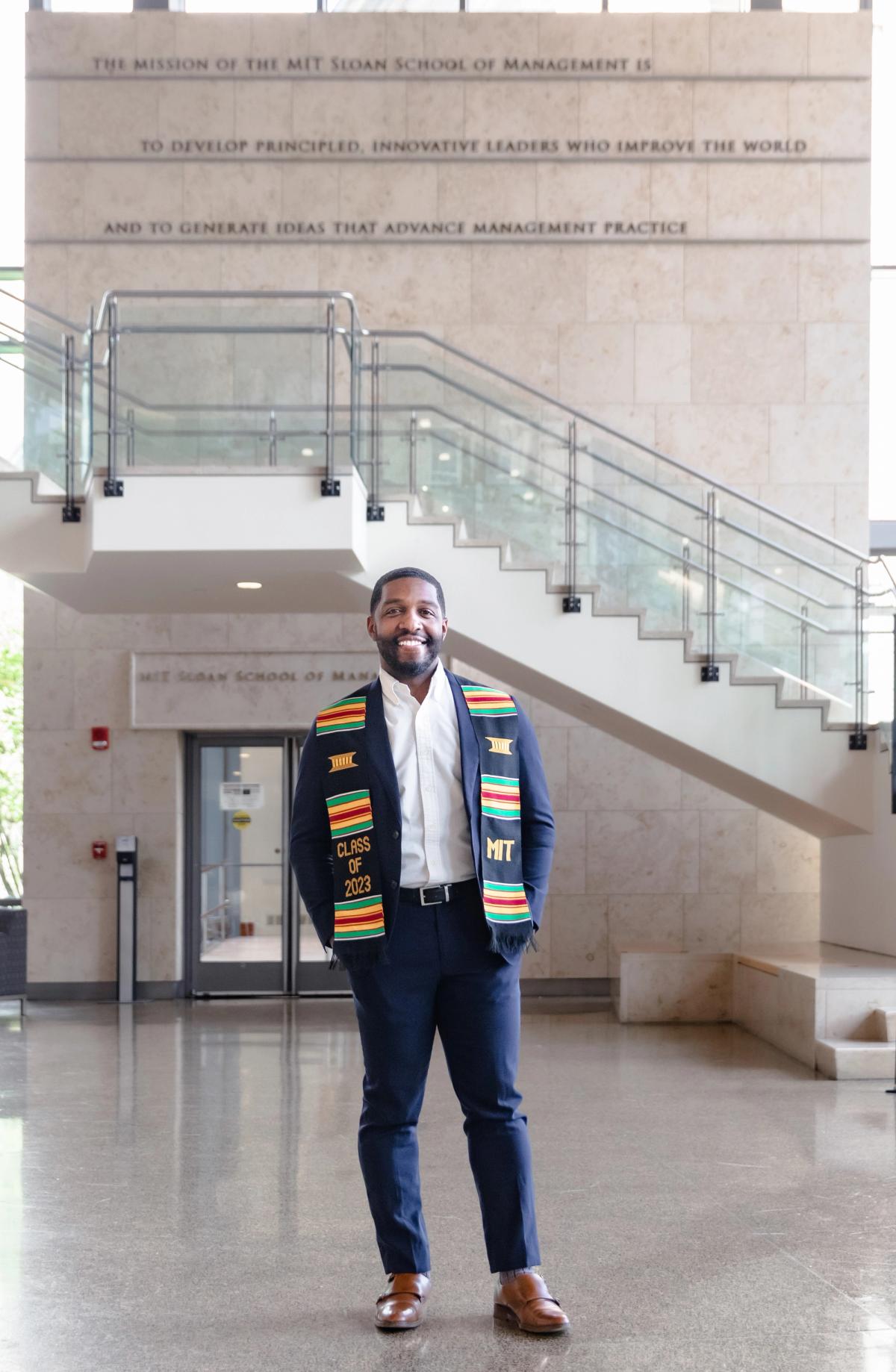
Kyle Gordon graduated from MIT Sloan School of Management's MBA Program in May 2023.
“The Design Fellowship allowed me to connect with some really, really interesting people, like the former CEO of Nintendo,” says Gordon. “I interviewed the CEO of Take Two Interactive in class, and the executive vice president of Marvel games, who is a Sloan alum. I was able to hear their concerns, constraints, what they think about my approach to the product-development process, and how they might change things.”
Some of his interviews were at the D.I.C.E. gaming awards in Las Vegas,representing MAD and networking with the “C-suite level attendees of the conference of only a few hundred people,” he says. “It was kind of an intense space. Small enough that I actually got face time and got to meaningfully connect with folks.”
Of his MAD project, the provocations, Gordon says that in the two-term MBA program, he doesn’t have the years he’d need to be able to write an academically rigorous white paper on his hypothesis, what it is, how he tested it. Instead, he’ll stop the process at the thought-provoking level. “Here's what I've understood from my 10 months of research,” he says. “Here are the things that I've distilled into areas that might be worth exploring more. I'm putting that out into the world and calling it a provocation.”
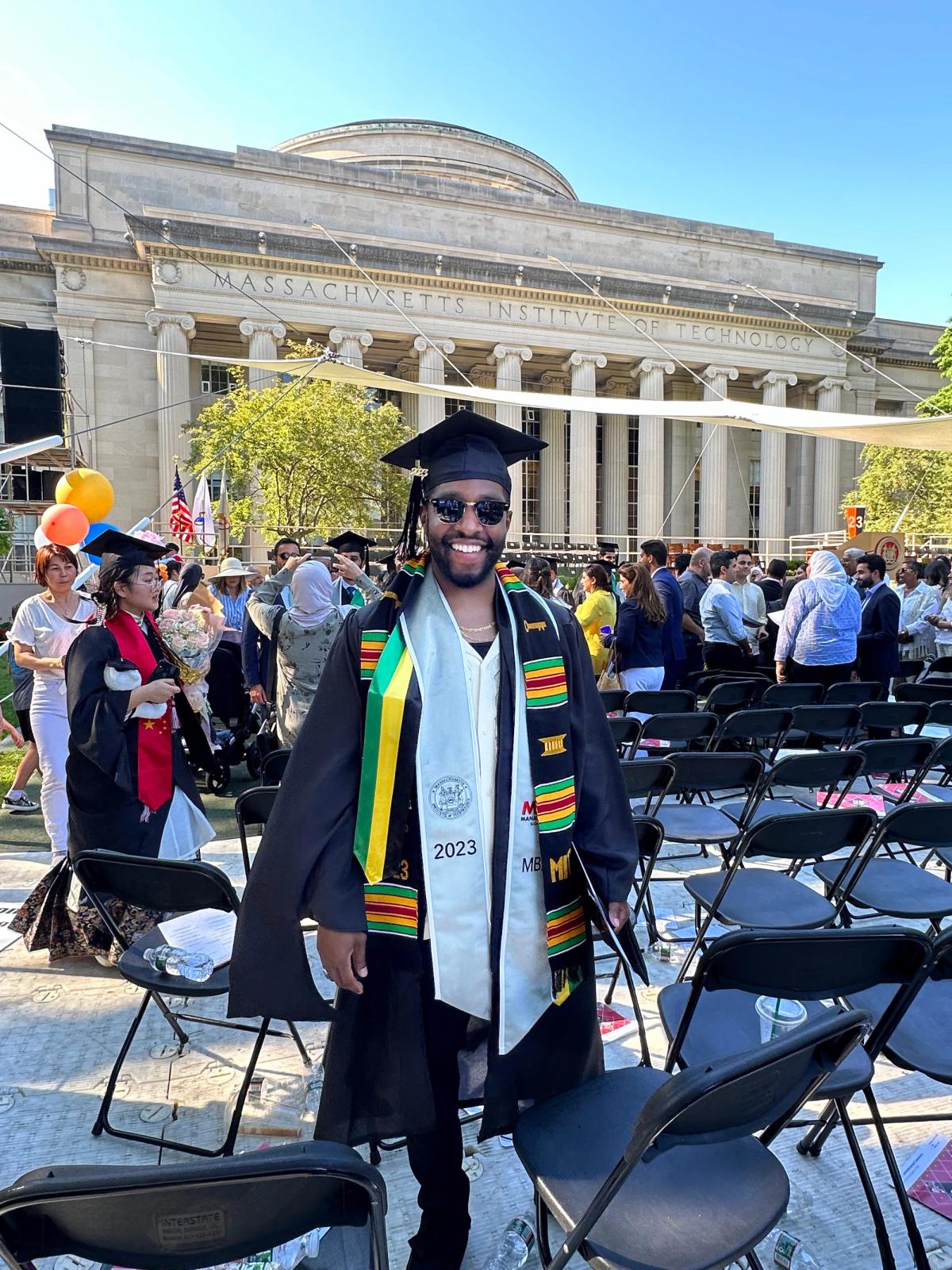
Kyle Gordon graduated from MIT Sloan School of Management's MBA Program in May 2023.
Three of his provocations will deal with well-known IPs and media, and just the titles are thought-provoking. “Which Teddy Bear Would Be the Best Therapist?” “Should Batman Be In Your Math Class?” and “Are Podcasters the new Professors?”
His hope is that the provocations will encourage people to change their product development and design processes, and expand the idea of how we define education and share information. “That's my research: using interactive media, while taking this layer of brands and intellectual properties, mashing those two things together to see if we can we do something that gets us to a place where you get a stronger, more emotional reaction from your consumer.”
This summer, Gordon will be stepping back into that creative world doing an internship with PlayStation Studios in portfolio strategy. This team supports the future of PlayStation's first party games through market research, mergers and acquisitions, and IP extension to TV shows, movies, and beyond. Where does Gordon hope to land? “I want to be somewhere that has both creative and technical strength, and be productive in both environments,” he says.
Featured People
Related News
Related Events
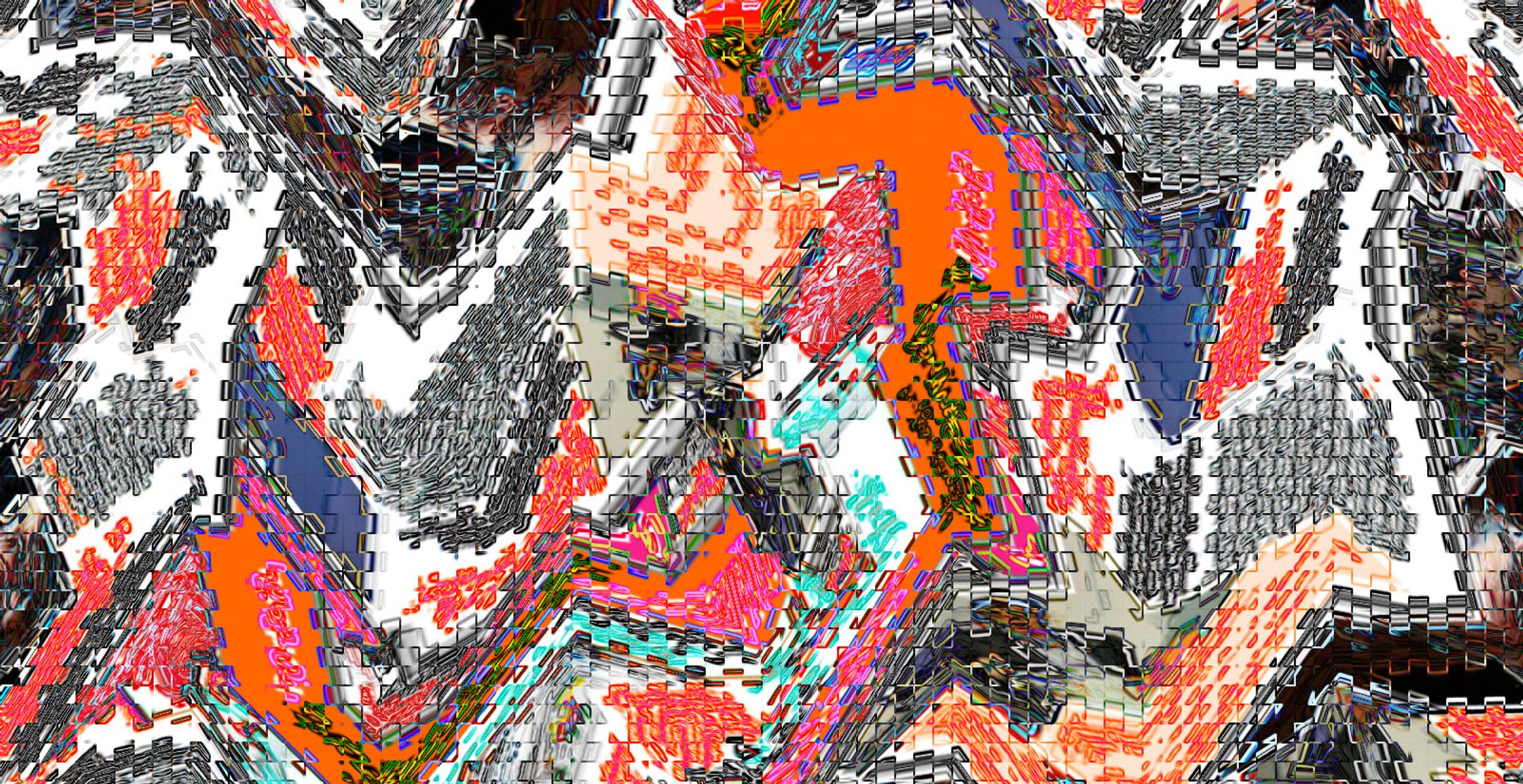
Design for Society
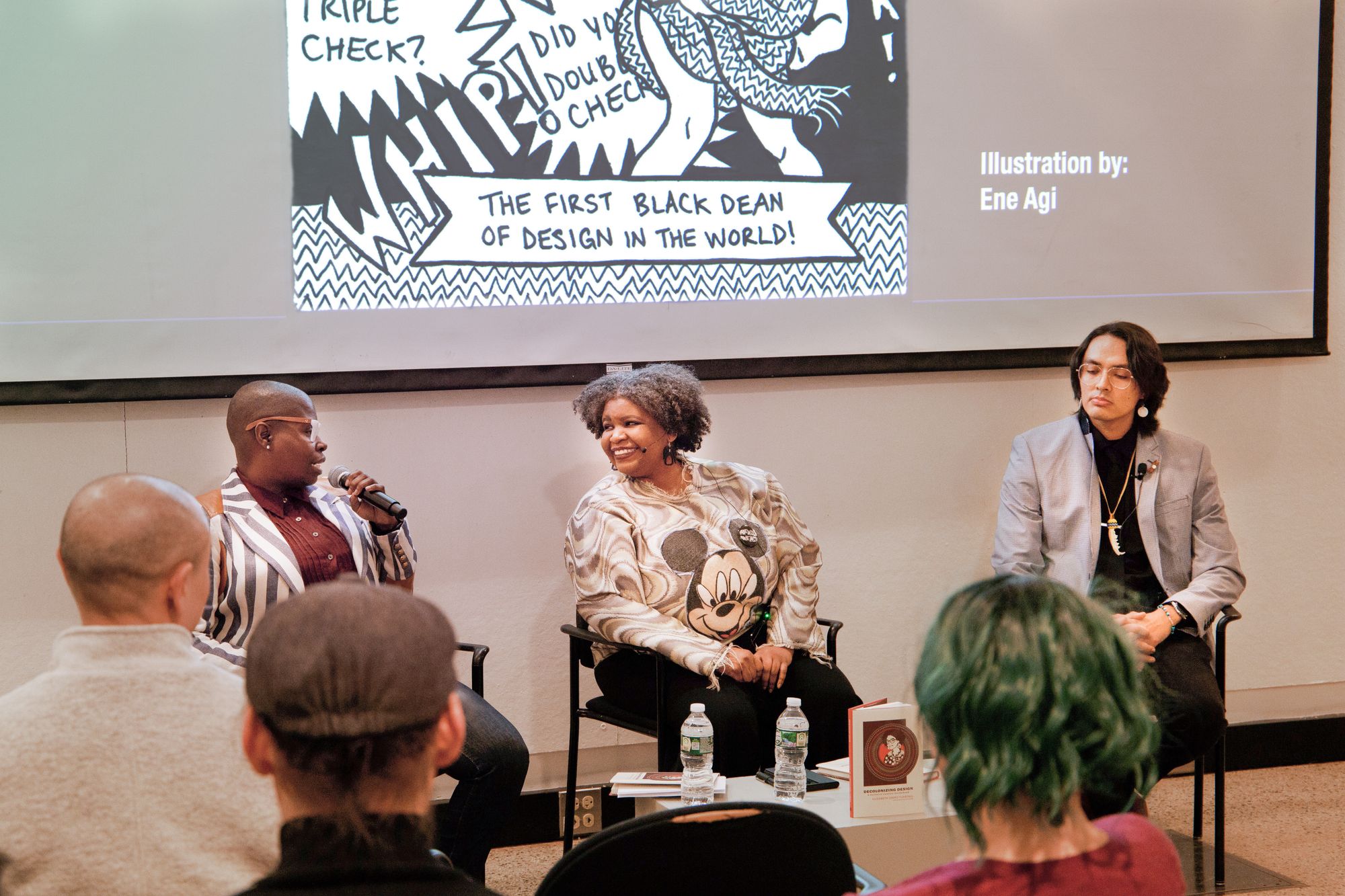
Decolonizing Design
